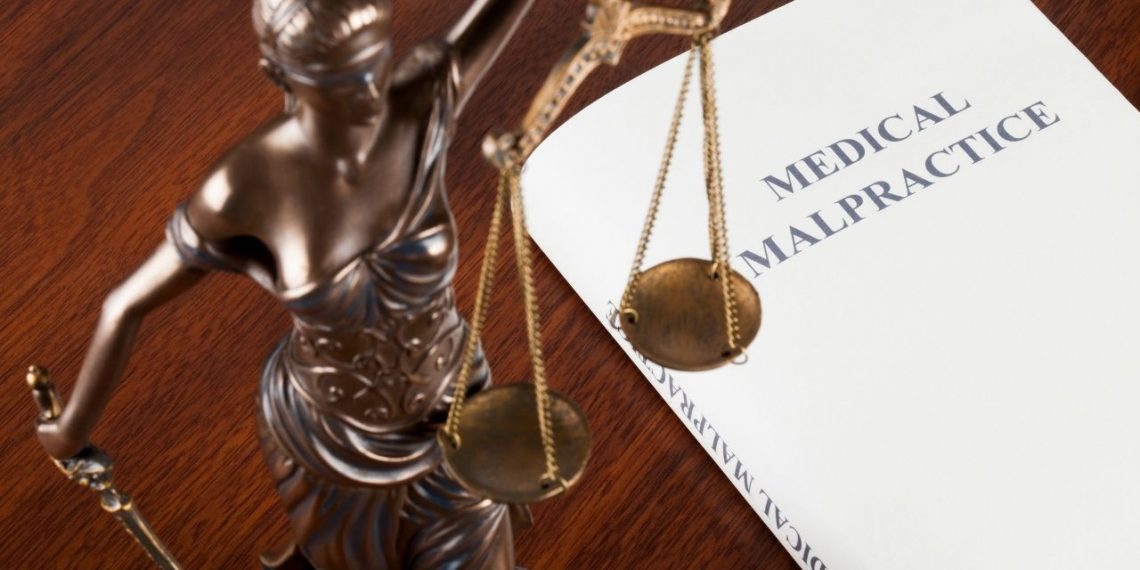Medical malpractice can have devastating consequences for patients and their families. It occurs when healthcare providers fail to meet the expected standard of care, resulting in harm. While many patients seek justice through legal channels, they often encounter challenges, including legal loopholes that can hinder their claims. Understanding these loopholes is essential for both injury lawyers and patients, as they can significantly impact the outcome of medical malpractice cases.
Legal loopholes often arise from technicalities in the law or procedural missteps, allowing healthcare providers to evade liability. As patients and their advocates, it is crucial to navigate these complexities effectively. This blog aims to explore the hidden risks associated with medical malpractice legal loopholes, offering insights into how patients can protect their rights and what lawyers can do to better advocate for their clients.
Defining Medical Malpractice and Its Legal Framework
According to dwaccidentlawyer.com, medical malpractice encompasses a wide range of situations in which healthcare providers fail to deliver appropriate care. This failure can result from errors in diagnosis, treatment, or aftercare. The legal framework surrounding medical malpractice varies by jurisdiction, influencing how cases are pursued and resolved. For instance, each state has its own laws regarding the statute of limitations, which dictates how long patients have to file a claim after an alleged incident of malpractice.
In addition to state-specific regulations, the legal requirements for proving medical malpractice can be complex. Generally, a patient must demonstrate that the healthcare provider breached their duty of care and that this breach directly caused injury. Understanding these foundational elements of medical malpractice is essential for both patients seeking justice and lawyers navigating the legal landscape.
Common Legal Loopholes in Medical Malpractice Cases
Numerous legal loopholes can impede the pursuit of justice in medical malpractice cases. One prevalent loophole involves the statute of limitations, which varies from state to state. If a patient fails to file a claim within the designated timeframe, they may lose their right to seek compensation, regardless of the circumstances surrounding their case. This time constraint can be particularly detrimental for patients who may not realize they have been harmed until much later.
Another common loophole relates to the concept of expert testimony. In many jurisdictions, patients must present expert witnesses who can testify that the healthcare provider’s actions deviated from the standard of care. If a patient cannot secure an expert witness, their case may be dismissed, even if there is substantial evidence of malpractice. By being aware of these legal loopholes, patients and their advocates can better prepare for potential challenges in their pursuit of justice.
Empowering Patients: Proactive Steps to Take
Patients play a critical role in safeguarding their rights and navigating the complexities of medical malpractice. One of the most effective ways to empower themselves is by maintaining thorough documentation of their medical history and treatment. Keeping detailed records of appointments, diagnoses, treatments, and communications with healthcare providers can provide essential evidence if a malpractice claim becomes necessary.
Additionally, patients should not hesitate to seek second opinions when faced with significant medical decisions or concerns. Consulting with multiple healthcare professionals can help patients gain a clearer understanding of their conditions and treatment options. This proactive approach not only enhances patient knowledge but also serves as a safeguard against potential malpractice by ensuring that they receive appropriate care.
Strategies for Injury Lawyers: Navigating Legal Loopholes
For injury lawyers, understanding and navigating legal loopholes is critical for successfully advocating for their clients. One effective strategy is conducting comprehensive case evaluations to identify potential weaknesses in the opposing party’s defense. By analyzing medical records and gathering witness statements, lawyers can build a strong case that addresses any loopholes that may arise.
Moreover, staying informed about changes in medical malpractice laws and recent court rulings can provide valuable insights. By leveraging this knowledge, lawyers can craft innovative legal strategies that address loopholes and enhance their clients’ chances of success. Engaging in continuous education and collaboration with other legal professionals can further strengthen their advocacy efforts.
The Role of Advocacy in Addressing Medical Malpractice Loopholes
Advocacy plays a crucial role in addressing medical malpractice loopholes and fostering systemic change. Patient advocacy groups and legal organizations can work together to raise awareness about the challenges posed by legal loopholes. By sharing stories of individuals affected by malpractice, these groups can illustrate the need for reform and mobilize support for legislative changes.
Additionally, advocates can push for greater transparency in healthcare practices and legal processes. By promoting open communication between patients and providers, the likelihood of malpractice may decrease, and patients may feel more empowered to voice their concerns. Advocacy efforts can ultimately lead to improved patient safety and a more equitable legal system.
Conclusion
Understanding medical malpractice legal loopholes is vital for both injury lawyers and patients. By recognizing the risks and challenges associated with these loopholes, patients can take proactive steps to protect their rights, while lawyers can develop effective strategies to advocate for their clients. The interplay between patient empowerment and legal advocacy is essential in the fight against medical negligence.
In conclusion, navigating the complexities of medical malpractice requires diligence, awareness, and collaboration. By working together, patients, lawyers, and advocates can strive for a healthcare system that prioritizes patient safety and ensures that those harmed by negligence receive the justice they deserve. As we continue to uncover the hidden risks associated with medical malpractice, let us remain committed to advocating for meaningful change and protecting the rights of patients everywhere.

